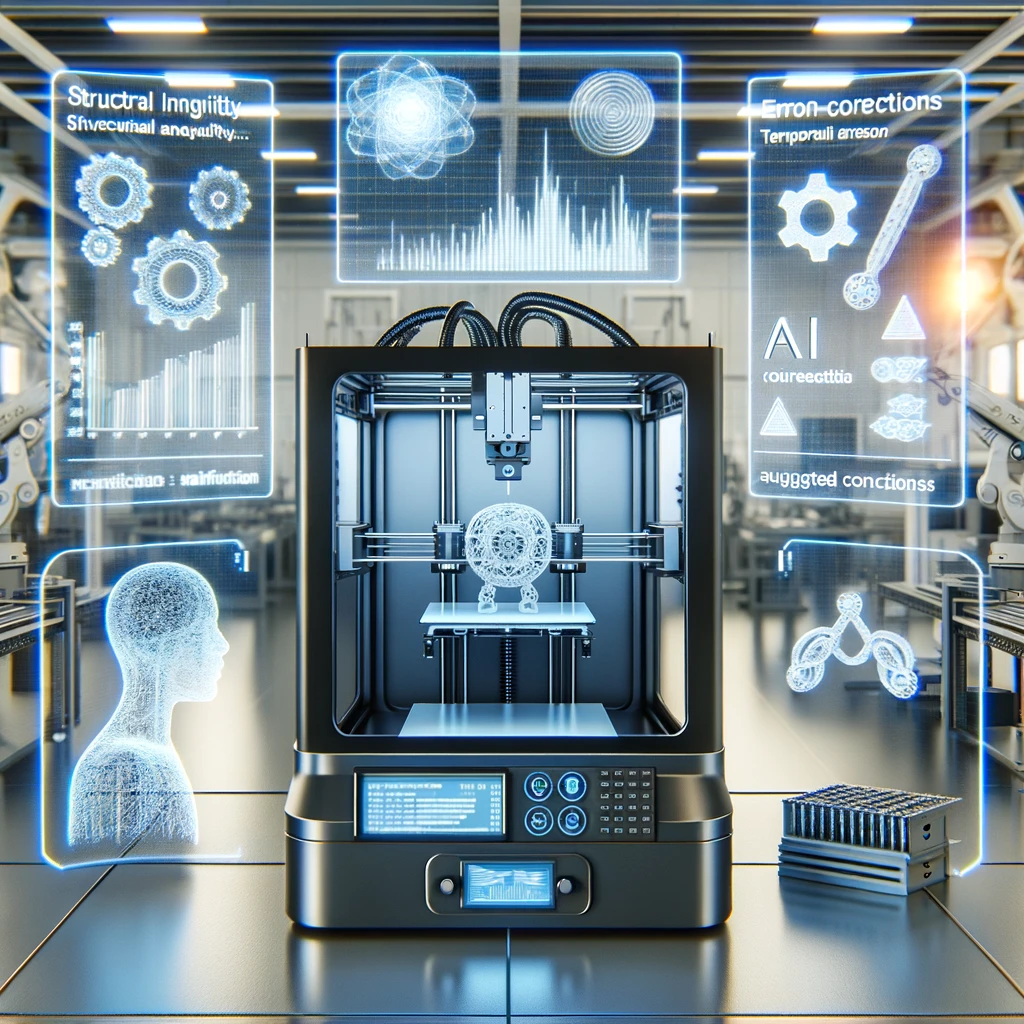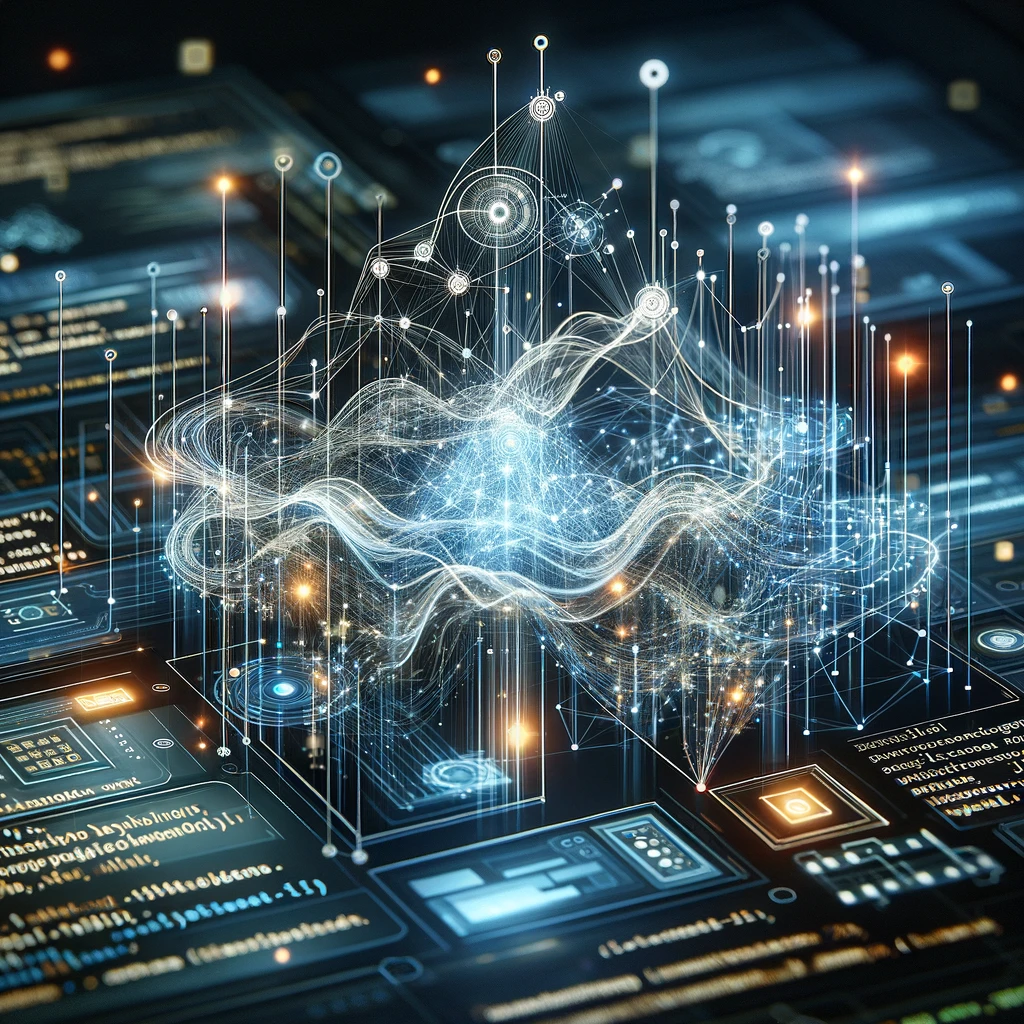Transforming Manufacturing with AI-Driven Prototyping Technologies
By: ChatGPT
Originally Generated: November 8, 2023
Introduction: The New Era of Manufacturing Intelligence
The landscape of manufacturing is being reshaped by the advent of Artificial Intelligence (AI), particularly in the realm of rapid prototyping. AI is not just an auxiliary tool but has become an integral part of the developmental process, accelerating the transition from concept to physical prototype with remarkable efficiency.
The AI-Driven Prototyping Revolution

Accelerating Development Cycles
AI-assisted rapid prototyping is cutting down the time required to prototype ideas from weeks or months to days or even minutes. By integrating AI, manufacturers can swiftly conduct tests, refine designs, and foresee potential issues, saving not just time but also significant costs associated with physical prototyping.
Precision and Problem-Solving
In manufacturing, AI contributes to more precise process designs and the diagnosis and resolution of defects. The utilization of digital twins, which are exact virtual replicas of a part or tool, is a prime example of how AI is being used to anticipate and resolve issues before they arise in the physical world.
Future Outlook
The AI in manufacturing market was valued at $3.8 billion in 2022 and is projected to undergo rapid growth in the coming years. This surge in AI adoption is indicative of the competitive edge it provides, with AI-empowered manufacturers outperforming their rivals significantly.
AI in Rapid Prototyping Modalities

Additive Manufacturing and Beyond
Rapid prototyping encompasses a broad spectrum of techniques, including 3D printing, rapid molding, and CNC milling, all of which can benefit from AI’s data-driven insights. AI algorithms optimize these processes by predicting outcomes, streamlining design alterations, and ultimately facilitating a smoother transition from design to production.
AI as a Design Partner
AI is now capable of analyzing complex design parameters to suggest optimizations, predict material behavior, and even generate design alternatives that might not be immediately apparent to human designers, thereby enhancing creativity and innovation.
Ethics and Transparency in AI-Assisted Manufacturing

Ethical Application of AI
As AI’s role in manufacturing and prototyping grows, it is vital to apply it ethically, ensuring transparency about its use. Just as with AI-generated content, manufacturers must disclose the use of AI in their processes, maintaining trust and integrity in the industry.
Maintaining Human Oversight
While AI can greatly enhance efficiency and innovation, human oversight remains essential to ensure that the final products meet the required standards and that AI’s role is to augment human capabilities, not replace them.
Conclusion: Crafting the Future with AI
AI is setting the stage for a new industrial revolution, where rapid prototyping and manufacturing are not just faster but smarter. By adopting AI, manufacturers are able to push the boundaries of what’s possible, transforming the way products are designed and produced. As we stand on the brink of this new era, it’s clear that AI is no longer just a tool but a fundamental aspect of modern manufacturing, driving progress with each iteration, design, and prototype.
References
AI in Manufacturing: 5 Successful Use Cases of AI-Based Technologies AI in Manufacturing: How It’s Used and Why It’s Important for Future Factories AI in Manufacturing: How It’s Used and Why It’s Important for Future Factories